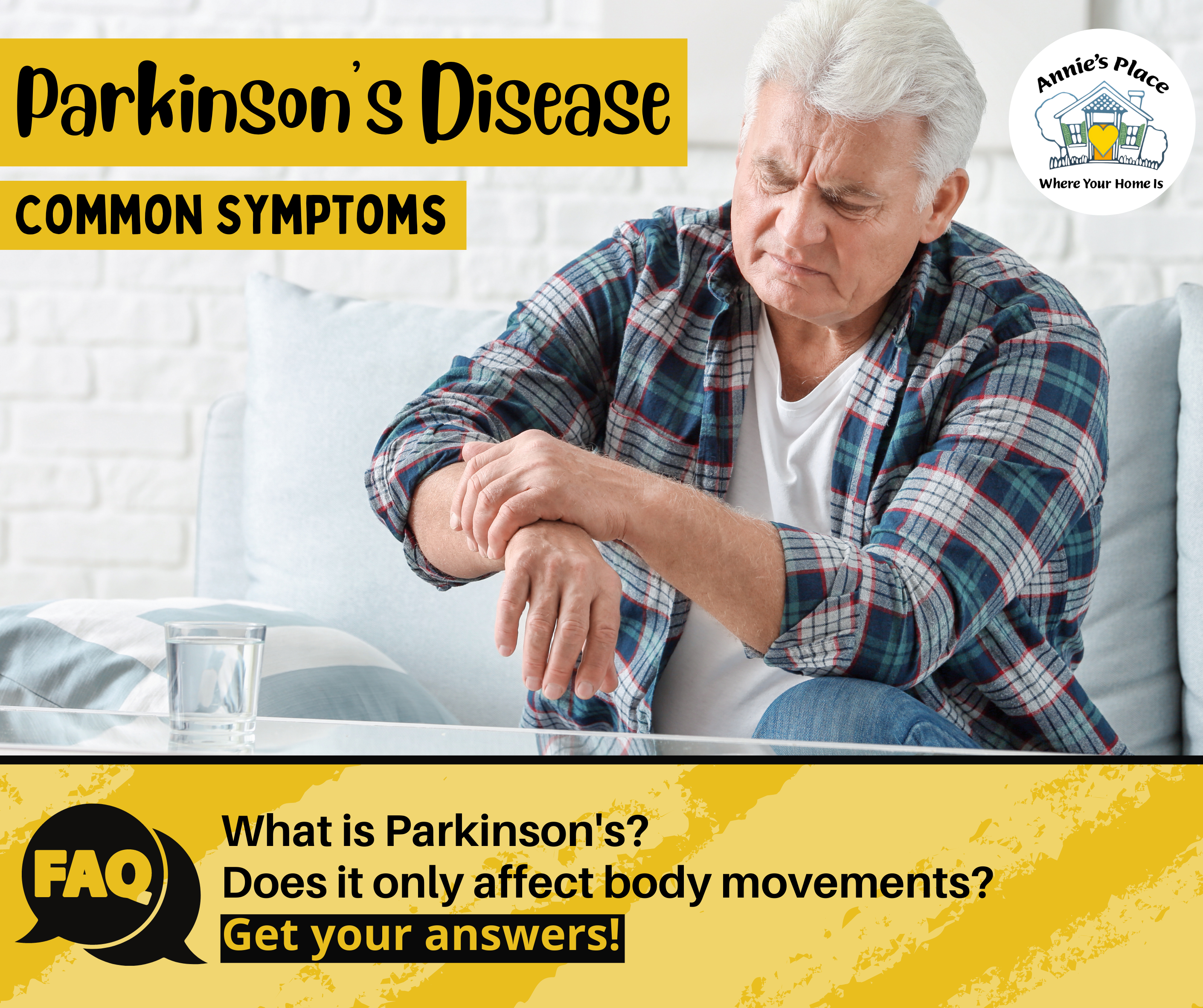Parkinson’s disease is a progressive neurodegenerative disorder. That is, the condition worsens with time as there is a loss of neurons in the brain. These neurons also contain a chemical called dopamine. Dopamine is responsible for smooth muscular movements in our body. With Parkinson’s, the lower dopamine production (around 60 to 80 percent less) compromises the brain’s command over body movements. However, what causes the loss of these neurons is not known to medical science till the present day.
With the growing and aging population globally, Parkinson’s disease is also on the rise. As a result, it is vital to have a basic know-how of the possible symptoms of the disease for earlier detection. This guide provides insights into the causes and symptoms, aiding in better understanding and recognition of the condition.
Understanding Parkinson’s Disease: Causes and Symptoms
Some of the common motor and nonmotor symptoms of Parkinson’s include:
Motor Symptoms
Motor symptoms are signs that affect the movement of the body. The main signs can include:
Shaking
There is involuntary (unintentional) rhythmic shaking or tremoring in one or more body parts when you are not moving them. This usually occurs in one’s fingers or hand but can affect your arm and foot. Once you start moving the affected body part, the tremor stops.
Slowed Movements
Day-to-day actions like walking at your normal pace or getting out of bed can become harder. Some examples include not being immediately able to take a step forward when you want to or experiencing difficulty in carrying out repetitive movements like tapping your hands on the table. Your handwriting can become smaller and cramped or you may seem to have a blank expression on your face.
Rigidity
You may feel that your limbs have become stiff because, with this condition, the muscles don’t contract and relax normally. For instance, patients with Parkinson’s often walk without swinging their arms.
Poor Balancing
Postural instability or unsteady balance is common. You may find it hard to remain upright, have a tendency to fall and experience problems in rising from a sitting position.
Nonmotor Symptoms
Although Parkinson’s disease is primarily defined as a movement disorder, its symptoms can also be manifested in a wide range of behavioural and physical symptoms. Some of the common ones are as follows:
Hyposmia
This is a decreased ability to smell and can be seen as an early sign of detecting Parkinson’s disease.
Constipation
Experiencing difficulty with bowel movements, for no specific or identifiable reason, can be a possible symptom.
Frequent Urination
Patients usually feel the need to urinate urgently even though their bladder might not be full.
Psychological Issues
An individual may become moody and undergo anxiety or depression.
Parkinson’s is a lifelong condition that will increase over a period of time, once developed. However, it is manageable through specific lifestyle changes and treatment. You should consult your doctor if you feel like you are experiencing one or more of the symptoms mentioned above.
Tailored Parkinson’s Care: Prioritizing Your Needs at Annie’s Place
Annie’s Place understand how dynamic Parkinson’s disease can be. Our patient’s need is our priority; therefore, our expert care aids ensure that a personalized care plan is followed for each individual. To discuss more about planning home care for yourself or your dear ones, feel free to contact us. We will be glad to assist you with any queries you have regarding our home care services.

